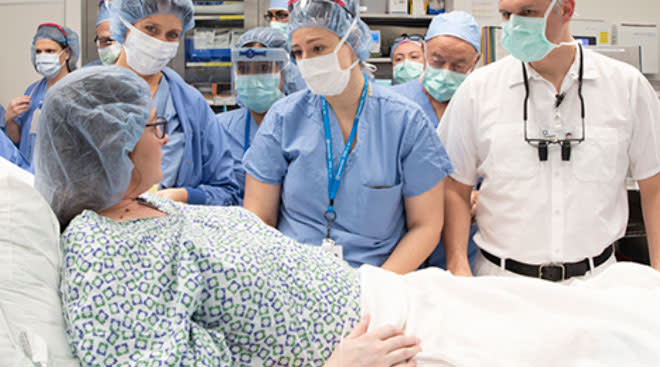Infertility Affects 1 in 6 People Worldwide, New WHO Report Shows
In a social media world filled with curated pregnancy announcements and happy families, it can be easy to feel alone and isolated when dealing with infertility. But a new study released by the World Health Organization (WHO) proves that people dealing with fertility issues are far from alone, in fact, 1 in 6 people across the globe are affected by infertility.
Learn more about the report—the first of its kind in over a decade—below and why the WHO believes there is an urgent need to increase access to affordable, high-quality fertility care for all those who need it.
What did the report find?
The WHO describes infertility as a disease of the male or female reproductive system, defined by the failure to achieve a pregnancy after 12 months or more of regular unprotected sexual intercourse. For this analysis, the WHO looked at over 12,241 studies that reported infertility prevalence between 1990 and 2021 and identified 133 that could be used for global infertility analysis.
Researchers found around 17.5 percent of the population has been affected by infertility at some point in their life (lifetime prevalence), with limited variation across different regions and socioeconomic classes. “The report reveals an important truth: infertility does not discriminate,” Tedros Adhanom Ghebreyesus, PhD, Director-General at the WHO, said in a press release.
When further breaking down the data, researchers found that 9.6 percent of people were affected by primary infertility (when a pregnancy has never been achieved by a person), while 6.5 percent of people had been affected by secondary infertility (when at least one prior pregnancy has been achieved). Secondary infertility is often associated with postpartum infections, unsafe abortions and sexually transmitted infections. Keeping a watch on these numbers can help better how to help those affected by infertility.
What do these findings mean?
While researchers acknowledge the limitations of the study due to a lack of data in many countries, the varied approaches to measuring infertility and the lack of LGBTQ+ representation, they remain confident that the results show a glaring lack of infertility care.
“For millions around the world, the path to parenthood can be difficult to access, if not impossible,” Ghebreyesus says in the report. “Despite the magnitude of the issue, solutions for the prevention, diagnosis and treatment of infertility – including assisted reproductive technology such as in vitro fertilization (IVF) – remain underfunded and inaccessible to many due to high costs, social stigma and limited availability,” notes the WHO.
What can we do to help those affected by infertility?
One of the biggest barriers to fertility care can be cost. Fertility treatments in most countries, including in the US, are largely funded out of pocket – often resulting in a lack of care or devastating financial costs.
"Millions of people face catastrophic healthcare costs after seeking treatment for infertility, making this a major equity issue and all too often, a medical poverty trap for those affected,” said Pascale Allotey, PhD, the director of sexual and reproductive health and research at WHO. “Better policies and public financing can significantly improve access to treatment and protect poorer households from falling into poverty as a result.”
While the path to better, affordable and more accessible fertility care may be complicated, the WHO hopes that these numbers will help bring infertility out of the shadows and encourage nations and organizations to provide people with the help they need. “The sheer proportion of people affected show the need to widen access to fertility care and ensure this issue is no longer sidelined in health research and policy, so that safe, effective, and affordable ways to attain parenthood are available for those who seek it.”
Navigate forward to interact with the calendar and select a date. Press the question mark key to get the keyboard shortcuts for changing dates.



















































